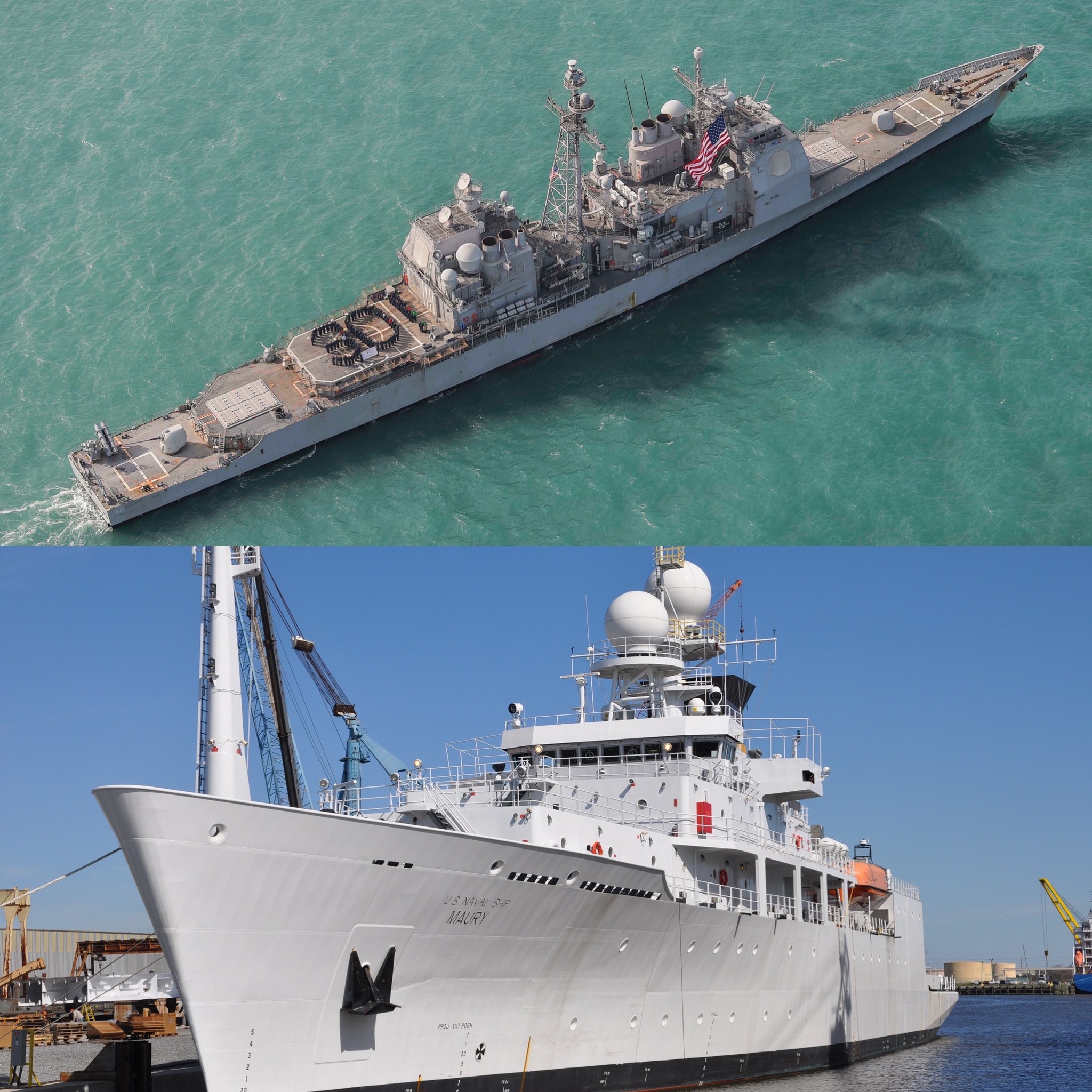
UPDATED: Commission Recommends Renaming Two Navy Ships with Confederate Ties
This post has been updated with additional details. Two Navy ships christened with names tied to the Confederacy should be…
Copyright 2024 U.S. Naval Institute. All Rights Reserved.